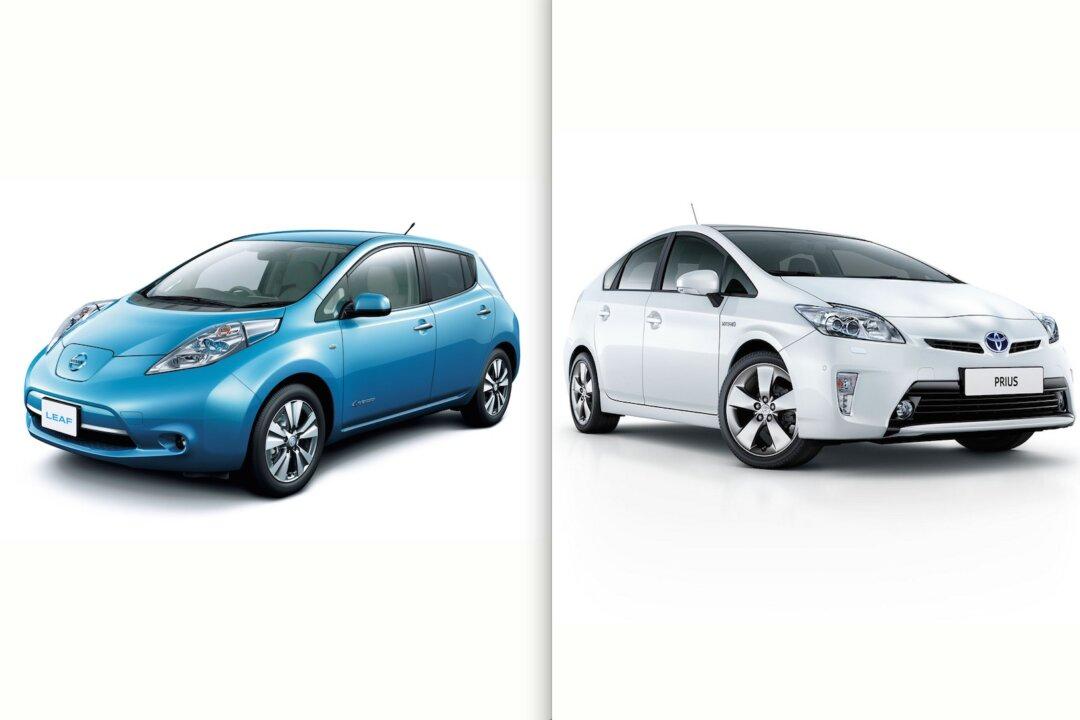Which has the smaller carbon footprint: hybrids or electric vehicles? A new study shows that the answer varies depending on where you live.
Researchers studied carbon dioxide emissions of different vehicles in different regions.
“Electricity is produced from different sources in different regions of the United States and at different times of day. Different emissions are produced depending on where and when an electric vehicle is charged,” explained Jeremy Michalek, professor of engineering and public policy and mechanical engineering at Carnegie Mellon University.
Northern Midwest or West Coast
An electric vehicle charged in the Northern Midwest can produce two to three times as much carbon dioxide as the same vehicle charged on the West Coast, according to the study, which will appear in the journal Environmental Science and Technology.
